Introduction to hand hygiene
Audits of Emergency Departments have shown that hand hygiene is performed adequately less than 60% of the time. Reasons cited include the frequency that providers and staff enter rooms, the irritating effects on skin, rules that require hand hygiene even if the patient “is not touched”, and the need to react to emergent conditions. Nevertheless, infection control practices, hospital policy, and Joint Commission track and report this metric as part of assessing hospital quality. Quality initiatives to improve compliance can consist of staff education, period audits, and wide spread availability of alcohol foam. An increase of compliance rates have been shown to improve to over 90%.
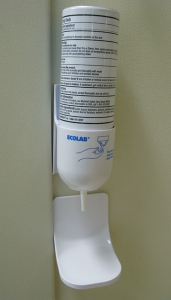
Hand hygiene ethyl alcohol alcohol foam dispenser.
Effect of hand hygiene foam on breathalyzer
However, providers noted that hand hygiene may be falsely elevating the measurement of patient’s breath alcohol concentration (BAC). This test is often part of the the assessment of a patient presenting with altered mental status, when alcohol intoxication is the suspected etiology. A falsely elevated value could delay the evaluation of patient that has a more serious pathology such as intracranial hemorrhage.
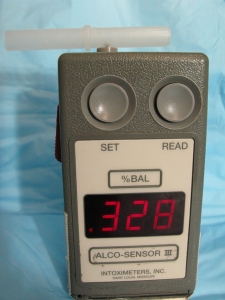 Breathalyzer measurement of patient when the tester had just cleaned their hand with hand hygiene ethyl alcohol foam. |
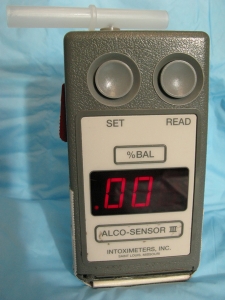 Repeat breathalyzer measurement after tester put on exam gloves. |
Testing alcohol foam effects on breath alcohol measurement
A total of 10 volunteer test subjects were tested. A tester using a standard fuel cell sensor breathalyzer with stated accuracy of +/-0.005% BAC was used to evaluate the breath alcohol concentration of known sober test subjects. The tester first performed standard hand hygiene using soap & water, and evaluated the subjects to confirm a 0.00% BAC. The tester then performed hand hygiene using 62.5%v/v ethyl alcohol from a standard foam dispenser and waited 1 minute before measuring the BAC of the test subjects. The process was repeated with and without the tester wearing properly fitted nitrile gloves.
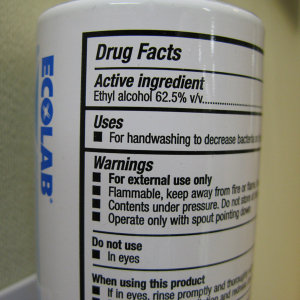
Active ingredients in hand hygiene foam canister.
Results
The baseline BAC of all 10 test subjects were 0.0%. When measured by testers after performing hand hygiene with 62.5%v/v ethyl alcohol foam, breathalyzer results averaged 1.4% BAC, with a range of 0.08% – 2.5% when no gloves were worn, and averaged 0.0%, with range of 0.0% – 0.02% when wearing gloves.
Discussion
In the emergency department, breath alcohol concentration is a critical measurement used in the early assessment of patients with altered mental status. Providers and staff should continue to perform adequate hand hygiene, but the use of ethyl alcohol foam can lead to significant false positives of BAC. Wearing nitrile gloves can minimize this error.
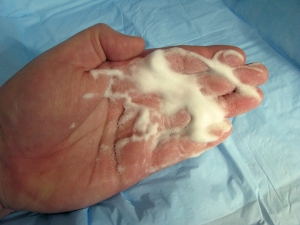
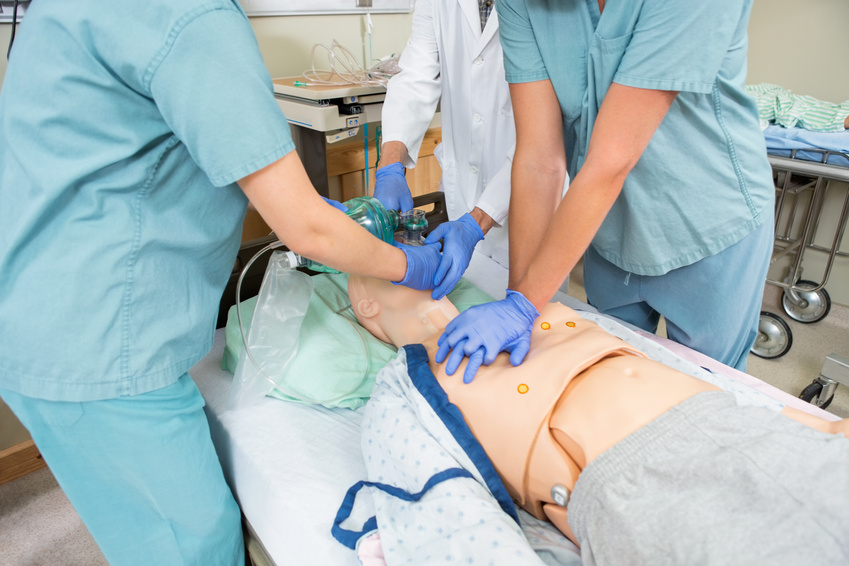
Contribute your thoughts.